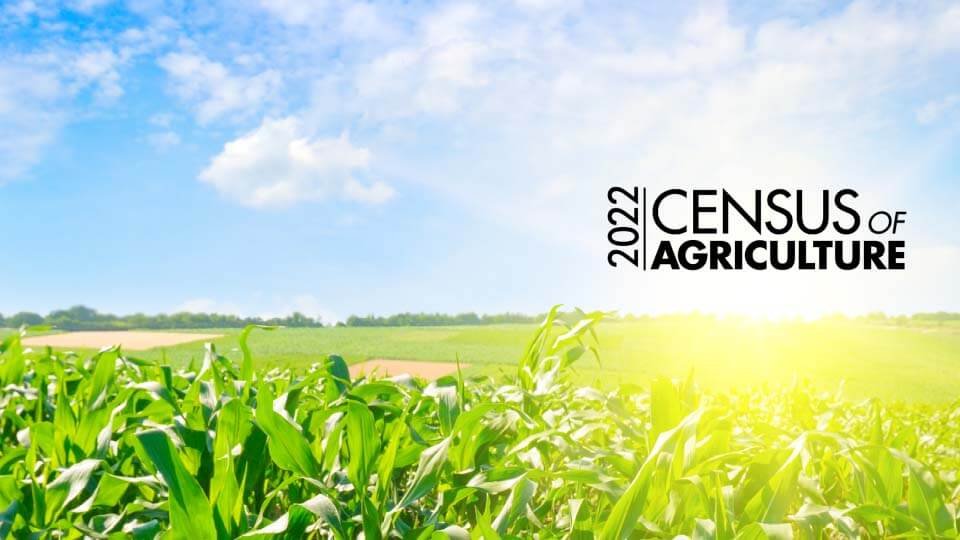U.S.-China Relations: Challenges and Opportunities for American Agriculture
The evolving dynamics between the United States and China are profoundly shaping the global landscape. This webinar will explore the implications of US-China relations for the agricultural sector, focusing on key issues such as the significance of these bilateral ties for American agriculture, the lasting effects of the US-China trade war, and the future outlook for trade relations.
Happy Hour at the AAEA Annual Meeting
On July 28, C-FARE hosted a happy hour to share coffee and an interactive, informal discussion with ERS and NASS's administrators during the AAEA Annual Meetings.
C-FARE and AAEA: A Collaboration that Enhances our Value to Policy Makers
In the July webinar we communicate about some of the topics that will be showcased at the AAEA annual meetings in New Orleans July 28-30, 2024. The current AAEA president will provide an overview of the expertise of the membership, we will hear about climate change impacts on agriculture from a distinguished fellow, and two AAEA members will discuss highlights of a session on food waste, and a workshop on food prices.
Benefits and Risks of A.I. and Digitization in Agriculture
The National Institute for Food and Agriculture (NIFA) of USDA highlights the many promises of AI and digitization in Agriculture…
An Introduction to the 2022 Census of Agriculture
In February 2024, the U.S. Department of Agriculture’s (USDA) National Agricultural Statistics Service (NASS) announced the results of the 2022 Census of Agriculture, spanning more than 6 million data points about America’s farms and ranches and the people who operate them down to the county level.
Incorporating Natural Capital into Economic Decision Making
On Earth Day, 2022, President Biden made protecting and restoring nature and using nature-based solutions a core tenant of U.S. national Policy by signing Executive Order 14072, Strengthening the Nation’s Forests, Communities, and Local Economies.
Climate Smart Agriculture
The U.S. Department of Agriculture is investing over $3.1 billion in 141 selected projects under the Partnerships for Climate-Smart Commodities. Commodities include crops, animal agriculture, and forest products. These projects will reach 60,000 farms covering 25 million acres of working land.
Big Data: Background and Applications used in Agriculture and Food Systems
Volume, velocity, variety, and veracity are descriptors of big data. Remote sensing, geospatial, Census and supermarket scanner data are only a few examples of big data. Accessibility, quality and security are challenges associated with big data. Higher yields and better matching of product to consumer demand are two outcomes from research using big data.




















